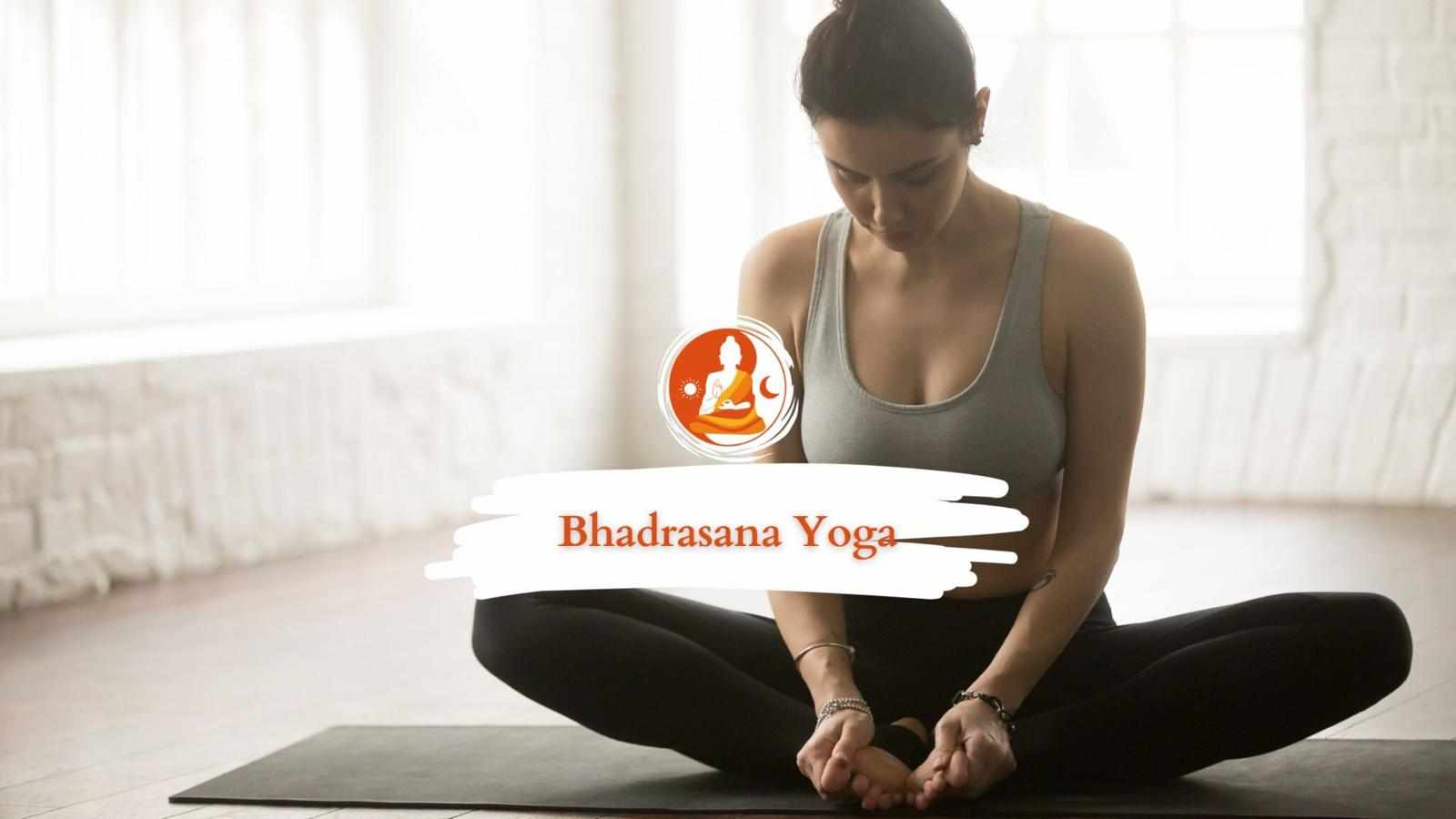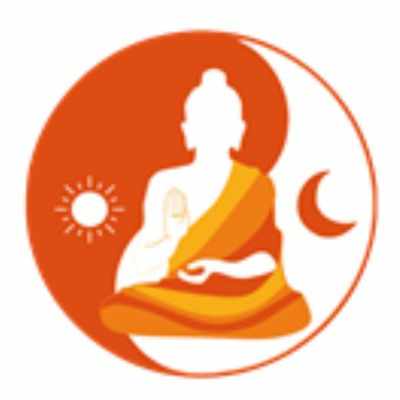
Yoga, the ancient Indian practice of unifying body, mind, and spirit, offers a wide variety of asanas (postures) that each carry unique physical and psychological benefits. Among these is a gentle yet powerful seated posture known as Bhadrasana, or the Gracious Pose. This asana is deeply rooted in traditional yogic teachings and is especially praised in Ayurveda and classical yoga texts for its calming and stabilizing effects.
What is Bhadrasana?
Bhadrasana (pronounced bha-dra-suh-nuh) is derived from the Sanskrit word "Bhadra", which means “auspicious,” “gracious,” or “favorable.” True to its name, this posture promotes inner peace, stability, and openness. It is often compared to the more commonly known Butterfly Pose or Bound Angle Pose (Baddha Konasana), though it has its distinct alignment and purpose.
Bhadrasana is typically performed seated, with the soles of the feet pressed together and knees dropped gently toward the ground. The spine remains erect, the hands are usually placed on the knees or in a mudra (gesture), and the breath is consciously regulated.
Step-by-Step Guide to Perform Bhadrasana
Practicing Bhadrasana regularly is accessible for most individuals, including beginners. Here’s how to do it:
Sit comfortably on a yoga mat with your legs extended straight in front of you.
Bend your knees and bring the soles of your feet together, letting your knees drop to the sides.
Pull your feet as close to your pelvis as comfortable.
Place your hands on your knees or hold your feet gently.
Keep your spine straight, shoulders relaxed, and chin slightly tucked.
Close your eyes and take slow, deep breaths.
Hold this posture for 1 to 5 minutes, gradually increasing the duration with practice.
Pro tip: If your hips are tight or knees lift too high, place yoga blocks or folded blankets beneath your knees for support.
Physical Benefits of Bhadrasana
Bhadrasana might seem like a simple pose, but its benefits are profound:
Improves flexibility of the hips, groin, and thighs
Stimulates abdominal organs, aiding digestion and metabolism
Strengthens the pelvic region, beneficial for reproductive health
Improves posture by encouraging spinal alignment
Relieves fatigue and discomfort in the lower limbs
Mental and Emotional Benefits
Yoga is not just a physical practice; it's a holistic system for cultivating mental clarity and emotional resilience. Practicing Bhadrasana regularly can:
Calm the nervous system, making it an ideal pose for meditation
Reduce anxiety and stress, thanks to its grounding nature
Encourage introspection and mindfulness
Improve focus and concentration when used as a preparatory pose before pranayama or dhyana (meditation)
Bhadrasana in Ayurveda and Classical Yoga Texts
In Ayurvedic tradition, Bhadrasana is highly recommended for balancing the Vata dosha, which governs movement, nervous system activity, and mental function. It's also said to activate the Muladhara (Root Chakra), enhancing stability, grounding, and security.
Classical texts like the Hatha Yoga Pradipika mention Bhadrasana as one of the essential seated poses suitable for long meditation sessions. Its stable base and open hips make it ideal for spiritual practitioners seeking physical stillness and mental clarity.
Who Can Practice Bhadrasana?
Bhadrasana is generally safe and suitable for:
Beginners
Elderly individuals seeking a gentle hip opener
Pregnant women, with proper guidance and support
Meditation practitioners for long, seated practices
People with sedentary lifestyles who need hip mobility
Contraindications:
Individuals with recent hip, knee, or lower back injuries should consult a yoga therapist or healthcare provider before practicing.
If you experience discomfort or strain, use props or opt for a modified version.
How to Incorporate Bhadrasana into Your Practice
You can integrate Bhadrasana into your yoga routine in various ways:
As a warm-up pose, to prepare for deeper hip-openers like Pigeon or Lotus Pose.
As a meditative seat, before engaging in breathwork (pranayama) or meditation.
As a cool-down posture, after intense standing or back-bending sequences.
In prenatal yoga classes, to promote pelvic health and relaxation.
Tips for Deepening Your Practice
Practice Bhadrasana in a quiet, serene environment to foster inner awareness.
Combine it with deep belly breathing or alternate nostril breathing (Nadi Shodhana) to enhance its calming effects.
Add a forward fold in Bhadrasana to gently stretch the spine and hips.
Chanting or mentally repeating a mantra like “Om Shanti” can deepen the meditative experience.
Final Thoughts
Bhadrasana may not have the flair of advanced poses, but its simplicity is what makes it powerful. It reminds us that stillness, grace, and introspection are as essential to yoga as strength and flexibility. Whether you're a seasoned yogi or a curious beginner, integrating Bhadrasana into your daily practice can bring both physical relief and emotional nourishment.
So the next time you roll out your mat, take a moment to sit in Bhadrasana, breathe deeply, and reconnect with your inner peace













Write a comment ...